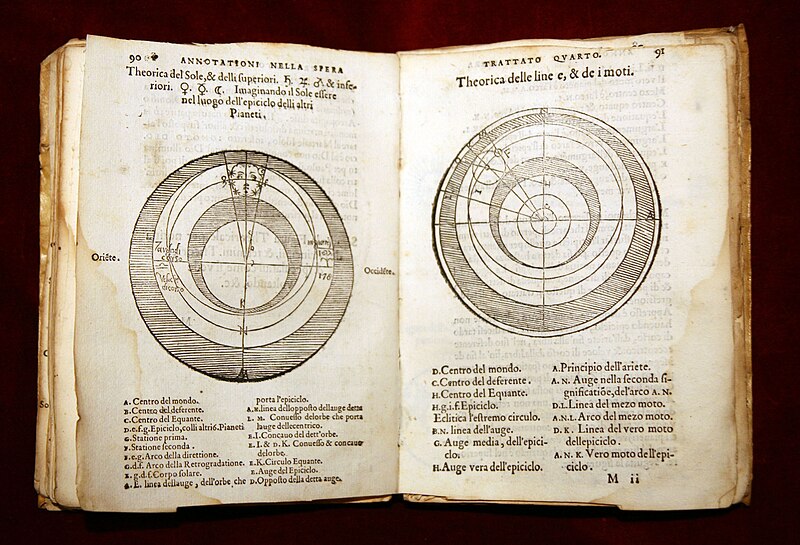I don’t have all of my books handy at the moment - but looking it up on the Internet, the extension to your quote is “... the holy fairies and immortal elves”. So at times, Tolkien did clearly distinguish between faires (fays) and elves - even at the early stages of his mythology’s development. I also seem to remember that he did the same in OFS which is around the inception time of TLotR.
If my memory is sound - I don’t believe Fimi in her book brought Tom/Goldberry into consideration as potential fay beings. That was disappointing for me - because their abilities seem to be beyond mankind’s or elven-kind, and would be worthy of comment.
The term ‘Maia’ didn’t appear in Tolkien’s vocabulary until after TLotR was completed* c. 1949 and laid aside. I seem to recall it first cropped-up in the early 1950’s. So I’m still of the opinion that our merry couple were initially conceived as ‘fay’ beings within the mythology, and consistent with The Creatures of the Earth.
But what I’m trying to do is steer the direction of the conversation, if you don’t mind, towards Tom/Goldberry specifically. Indeed, towards them having being conceived of as ‘divine’, thus ‘angelic’, and largely ‘neutral’ over the centuries because of their affinity and love of nature - in a manner consistent with the depiction of some fays specified early on in the mythology.
Perhaps, we are both converging on this?
In any case, their deeper, more sophisticated, tie-in to ‘angelicness’ of our real-world, is being exposed by me currently in Chrysophylax Dives’s ‘Bombadil’ thread.
As to ‘Elves’, it is mankind who has confused them with fairies. And that might have intentionally (on Tolkien’s part) been reflected by Frodo who saw her, as I recall, as an “elf-queen”, while she called him an “elf-friend”.
Perhaps Tolkien, in effect, provide us with the source of the confusion!
...
“Faërie is not a geographical place but a state of mind.”
I am not of the same opinion - and if you continue to follow the Bombadil thread - I will eventually provide evidence that I hope changes your view!
* Of course there were some amendments made prior to publication












